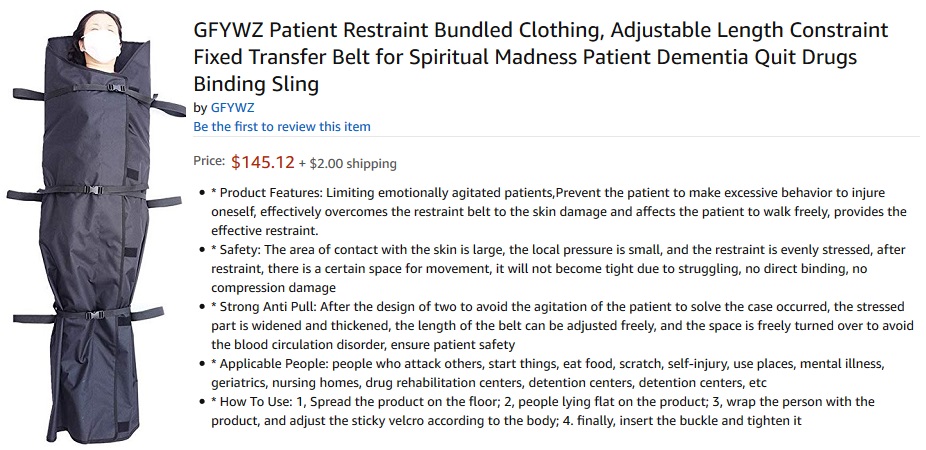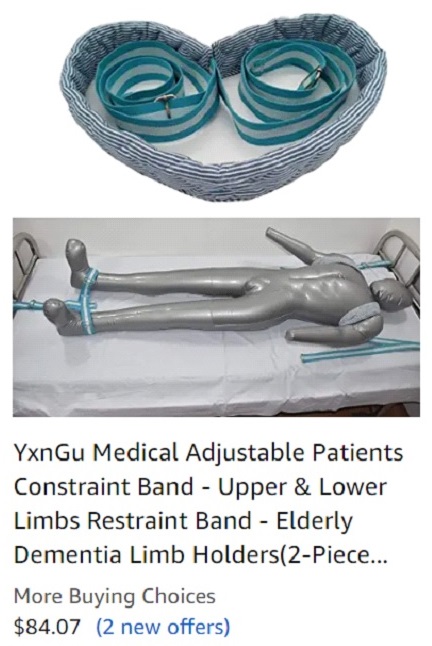|
Good morning. I am glad to be in attendance this quarter and sorry that I missed the meeting dedicated to Person Centered Planning, a topic near and dear to my heart. I listened to the April meeting on line in prep for today’s comments. My personal experience with PCP is that it is often misunderstood and inconsistently applied. It is often static rather than dynamic. Perhaps the efforts of this Council and CMS will facilitate change.
Today I bring to you the print form of the Alzheimer’s Disease and Down Syndrome A Practical Guidebook for Caregivers[1]. This publication was funded by the National Down Syndrome Society, written by lead author Dr. Julie Moran, a practicing geriatrician and member of the NTG, with input and assistance from several NTG members. We also benefitted from input offered by the Alzheimer’s Association. It took almost two years to nurse the publication from concept to print form. Many are greatly relieved to know that the Caregiver Guidebook is now accessible in print form in both English and Spanish.
The Caregiver Guidebook is also available electronically in English, Spanish and will soon be posted in French. Plans are approved and underway for a Dutch translation facilitated by an international colleague who also translated Aging and Down Syndrome into Dutch.
Since release of the electronic and print publications, the feedback has been positive from both families and professionals. I hope you will take time to read it carefully, appreciate the richness of the text while viewing the many photos that have been included of people with DS. The photos communicate the human suffering that often accompanies AD and they are profoundly touching. The images convey the journey that unfolded for many individuals and their families. Their reality has been respectfully offered and honorably conveyed.
On the cover of the Guidebook is Irma Fella who was born in Detroit, Michigan in 1945. When Irma was born, the life expectancy of babies with Down syndrome was about 13. She passed away at age 74 on July 16th of this year in San Diego, CA.
After the death of their Mother In 1992, Irma, age 47, moved to San Diego, California to be near her sister Evelyn. Evelyn became Irma’s advocate and champion. For many years after her move, Irma thrived. She became more independent, enjoyed her life in her group home, attended a sheltered workshop, formed many new friendships and remained very active.
Neither Evelyn nor I can remember how we found one another, but we came together to share our experiences after Irma began to decline at or about age 60. She faced many challenges including transitions in her care setting. I visited them in San Diego and we continued to remain in contact these last several years. I have remained aware of the significant challenges that both Irma and Evelyn have faced and I am grateful for all that they have shared with me and other families.
Irma’s story is pertinent today as a follow up to last quarters discussion of Person Centered Planning. Like most individuals with ID and their families who face a diagnosis of ADRD, Irma and Evelyn were primarily left to their own devices as Irma declined. There was no person centered planning facilitation, no point of contact for a care team or care manager, no quality delivery system, quality measures or continuous learning opportunities for caregivers. Dementia Care, based on best practices, was only a dream, never a reality. Shawn Terrell noted during the April 2019 meeting that PCP was a concept familiar in the disability community. In my experience and that of many families, PCP has not been consistently applied to older individuals with ID and complex care needs even in advance of a diagnosis of ADRD. If there was planning, it lacked consistency, was not a dynamic and had no practice standards. The reality is that most of our older family members in the ID community have not had access to PCP with standards for implementation.
Over the course of Irma’s decline she sometimes experienced undiagnosed complications like UTI’s and skin infections complicated by diagnostic overshadowing. Evelyn continuously sought to advocate for timely, appropriate medical care for Irma and stressed positive functional outcomes for her.
For a long period of time Evelyn personally hired extra staff to be available to Irma in her care facility, especially during mealtime to ensure that Irma had ample time to access nutrition. These devoted caregivers saw to it that Irma had reason to smile even in the final years of her life. Irma’s roommate vigilantly watched over her for the past seven years and was often the most accurate contact person for Evelyn. She was in many ways, Irma’s lifeline.
The story of Evelyn and Irma remains all too familiar as families and caregivers strive to provide support to their family member with ID and ADRD. It is our hope that one day we can come to expect that Person Centered Care can become the lived experience for all people with complex care needs such as ADRD. We are hopeful that the focus on planning will include not only the medical needs but also the social, behavioral, environmental, spiritual and relational needs of our family members. We want those who shape policy and practice to recognize that people with ID have preferences and values that should guide all aspects of their future healthcare. They, too, should have access to a dynamic care team that will create and effectively implement a person centered care plan that will ensure quality of life until the end of life.
You are free, Irma. You have lived an inspirational life and for that we are eternally grateful.
NOTES:
- National Down Syndrome Society. (2019). Alzheimer’s Disease and Down Syndrome: A Practical Guidebook for Caregivers. Washington, DC: NDSS. https://www.ndss.org/wp-content/uploads/2018/12/NDSS_Guidebook_FINAL.pdf.
|





